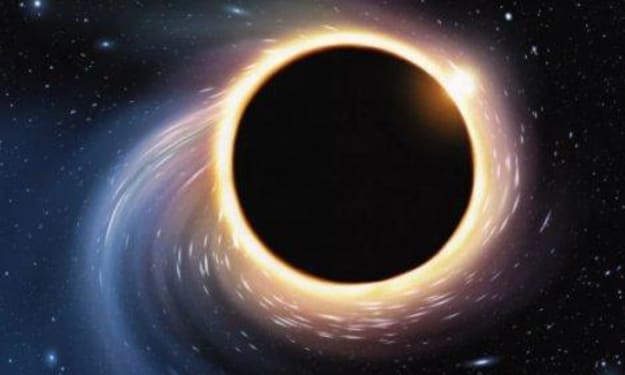
Earthquakes are an intimidating natural phenomenon that has been and still is, ranked as one of the greatest threats to mankind because of their difficulty in accurately predicting and the potential for great destruction. Yet earthquakes do not bring only bad things to mankind; in fact, we can peer into the mysteries of the earth's depths through the seismic waves generated by the earth's vibrations.
In 1909, the geophysicist Android Mohorovicic In 1909, geophysicist Android Mohorovicic discovered the boundary between the crust and the mantle - "Mohorovicic discontinuity interface" through the analysis of seismic wave data, while in 1914, the geophysicist Bono Gutenberg accurately deduced the boundary between the mantle and the In 1914, the geophysicist Bonner Gutenberg, by the same method, accurately deduced the boundary between the mantle and the core - "Gutenberg discontinuity interface", and in 1936, the seismologist Inge Lyman discovered that the core was divided into two layers, namely, the liquid "outer core" and the solid "inner core". The solid "inner core".
In short, before the ability to dig directly into the Earth's depths, the study of seismic waves was the main means by which scientists understood the Earth's interior. Because of this, a large number of seismic monitoring stations have been built around the world since the beginning of the 20th century. With the increasing accuracy of monitoring and the accumulation of monitoring data, it has gradually become clear that earthquakes are occurring almost every minute of every day on Earth, but most of the shocks are so mild that we do not normally feel them.
For a long time, people thought that the earth's "micro-earthquakes" were chaotic, occurring randomly around the world and without any pattern. However, in 1960, Jack Oliver, a researcher at Columbia University's Earth Institute, found an "alternative" among the many "micro quakes", and since then there has been a mystery on Earth that has yet to be solved.
In short, he found a very regular "micro-earthquake", every 26 seconds will vibrate once, and has been continuous, just like the "heartbeat".
At first, Jack Oliver's discovery was not given enough attention, and as time went on, people noticed that this regular "micro-earthquake" never disappeared, and more strangely, a large amount of data showed that monitoring stations around the world can monitor this "micro-earthquake "This shows that it is global.
Why does the Earth shake every 26 seconds, just like a "heartbeat"?
With this question, scientists began to study it, but due to the limitations of technical means, before the 21st century, can only roughly determine the origin of this "micro-earthquake" located in the South Atlantic Ocean, until 2006, scientists narrowed the range to the Gulf of Guinea in western Africa
The first hypothesis is that the waves of the deep sea regularly hit the continental shelf here and cause it to deform due to compression, thus triggering this continuous "micro-earthquake"; the second hypothesis is that the waves of the deep sea regularly hit the continental shelf here and cause it to deform due to compression, thus triggering this continuous "micro-earthquake". "The second hypothesis is that there are volcanoes on the island of San Tome in the Gulf of Guinea and that perhaps the regular movements within the volcanoes produce the vibrations.

However, the above hypothesis does not seem to perfectly explain this phenomenon, why? Let's look further.
Imagine if we use a hard object to knock on a table, then the table will be knocked on the place will produce vibration, with the propagation of the vibration wave, the whole table in different locations will produce a certain vibration. In this case, if we use precision instruments to measure the vibration waves at different locations, then we will find that although the whole table is vibrating, according to the location of the different vibrations, waves will also appear certain differences.
By the same token, if the above hypothesis is valid, the vibration waves generated by this "micro-earthquake" monitored at different locations on the earth will also vary, but a large amount of monitoring data shows that the vibration waves with a period of 26 seconds are consistent regardless of the monitoring point.
(26-second "micro earthquakes" observed in North America, Europe, and Africa)
In addition, if the above hypothesis is true, why is it that only the deep-sea waves (or volcanoes) near the Gulf of Guinea can cause this phenomenon when there are so many coastal land areas and volcanoes on Earth? This is also difficult to explain.
So how should this phenomenon be explained? Unfortunately, we do not have a perfect explanation. In fact, until now, this phenomenon is like a "heartbeat" continues, the Earth is still vibrating every 26 seconds, and the mystery is still not revealed, as of now, the relevant research work is still in progress, we also hope that scientists can soon solve this mystery.
About the Creator
Wu Mu
Dreams are not limited, nothing can be achieved






Comments
There are no comments for this story
Be the first to respond and start the conversation.